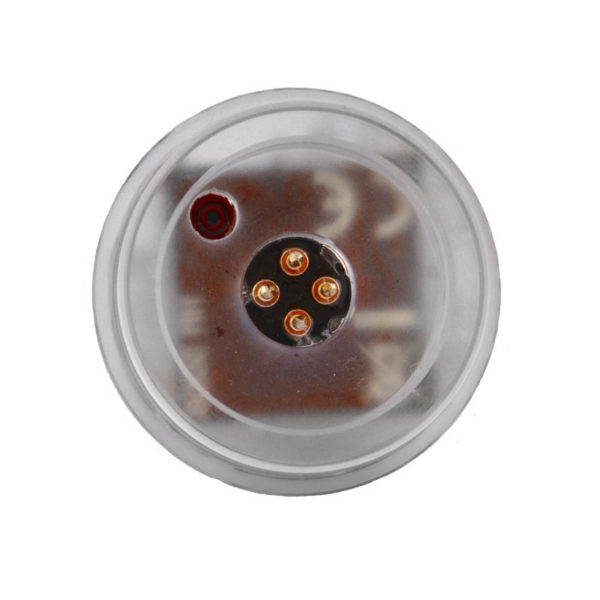Description
The Problem
Suspended Particles Become Visible
The internal flash illuminates this image insufficiently. Despite the actually good visibility, small suspended particles become visible in the picture and make it unusable.
Range
With the RSU, distances of more than 25 meters can be bridged underwater under good conditions.
Function
When using the Remote Slave Unit, the pre-flash functions of the TTL system must be suppressed. This usually means that another external flash is necessary.
The Solution
Flash with more Distance to the Lens
Here with external flash: no suspended particles visible and even illumination.
The underwater housing for my digital camera cost a lot of money, but the results do not meet my expectations: The photos are cloudy, dark, simply bad! Only in bright sunshine and at a depth of 3m in Egypt do I get good shots. What’s the reason for this? There are underwater housings for many digital cameras that are also suitable for scuba diving, but only a few cameras have the option of connecting an external amphibious flash. And without an additional flash, even the best digital camera only takes cloudy pictures from a few meters deep. The internal flash hardly reaches a meter underwater, and in addition, suspended particles become white snow in every picture due to their close position on the lens axis.
If I buy such an additional flash, how can it be connected to my camera?
The use of an external flash does indeed bring a significant improvement. Various manufacturers offer a special model especially for digital cameras – but at prices that will be too high for many. Also, you are often bound to the manual mode with the flash, as hardly any manufacturer offers real TTL control.
Do I have alternatives if I cannot connect a flash directly or if the digital flash from my manufacturer is too expensive?
Yes, because in contrast to the digital world, there are many so-called Nikonos-compatible flashes in all performance classes for analog underwater cameras. Many underwater photographers are currently exchanging their old analog equipment for the digital version, so such flashes are easy to get used.
How do I connect such an old analog flash?
With the help of our small adapter, these flashes can also be used with digital cameras!
The built-in flash of your digital camera triggers a large slave flash. In addition, the end of the flash is also detected and the main flash is switched off within a few µs – a TTL exposure controlled by the camera takes place. Exposure series with manual flashes are no longer necessary!
For exposure correction, delay and extension times can be configured µs-precisely to your own camera. 1-3 pre/measuring flashes are suppressed on request or transparently supported by the large flash.


